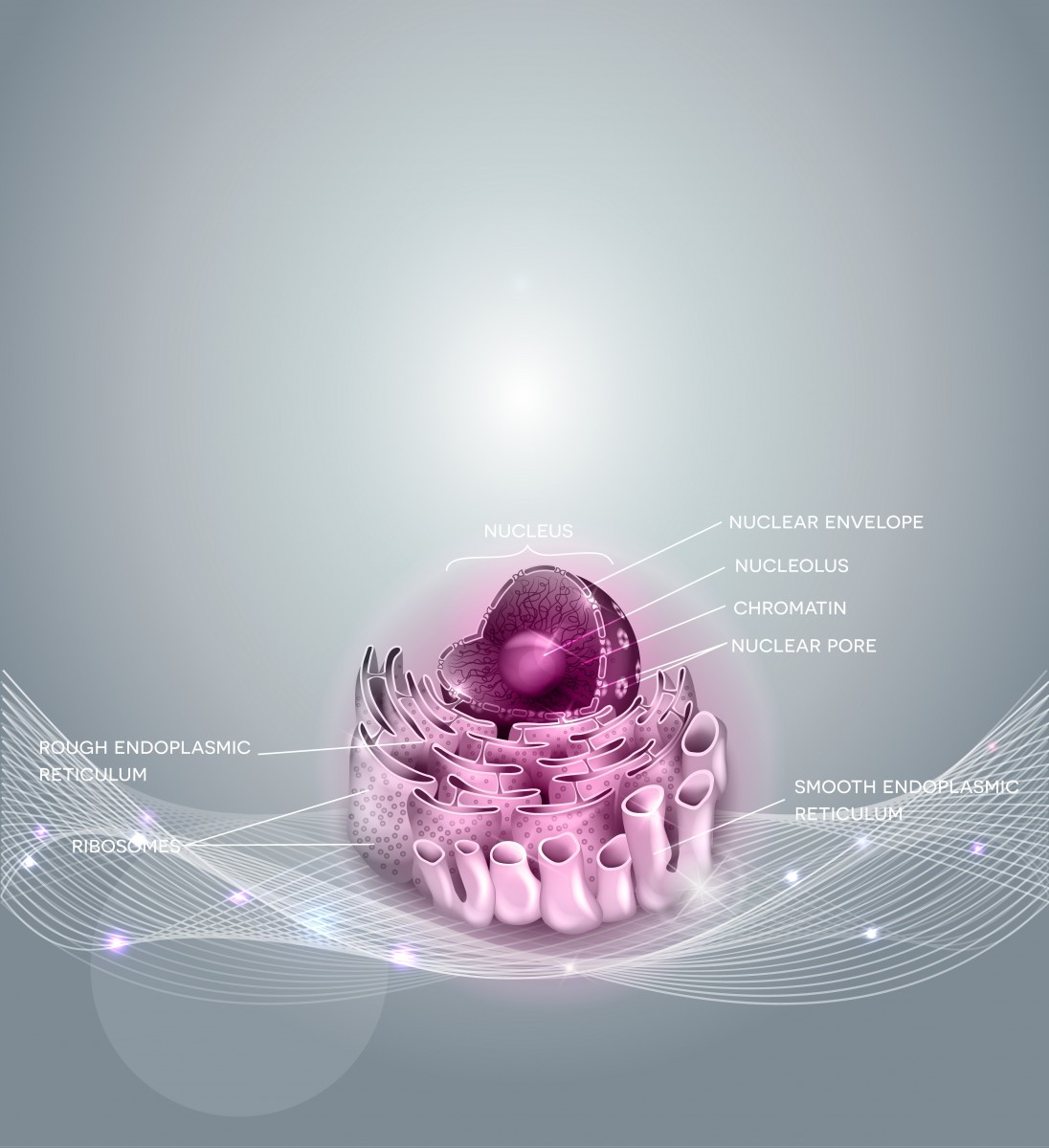Specific Type of Cell Stress May Be Linked to Development of Gaucher Disease, Study Says

New research has found that certain cells in Gaucher disease patients exhibit a specific type of tension called endoplasmic reticulum (ER) stress, which may be linked to the development of the disease.
The study, “UPR activation and CHOP mediated induction of GBA1 transcription in Gaucher disease,” was published in the journal Blood Cells, Molecules & Diseases.
Mutations in the GBA1 gene lead to Gaucher disease (GD), a condition characterized by the accumulation of a lipid called glucocerebroside (also known as glucosylceramide) in cells and certain organs.
The GBA1 gene encodes an enzyme called acid β-glucocerebrosidase, which is responsible for breaking down the large molecule glucocerebroside into a sugar (glucose) and a simpler fat molecule (ceramide).
In GD, certain fractions of the mutant lysosomal acid β-glucocerebrosidase (GCase) protein are retained in a cell organelle called the endoplasmic reticulum (ER). The ER is a crucial organelle in our cells, and one of its key functions is to monitor the state of proteins.
It is the ER’s responsibility to ensure that proteins are in their correct formation (proteins need to have a certain structure to perform their function). This organelle is responsible for making sure newly synthesized proteins are correctly folded and, if not, that proteins are retained there.
Although this a normal procedure, the ER has a certain capacity to deal with the folded/unfolded protein load. This means that if the load of misfolded proteins is too high, the ER cannot deal with this “stress.” This condition is called ER stress.
ER stress was shown to trigger the activation of a complex pathway called unfolded protein response (UPR). This cellular response aims to alleviate the “stress” inside the ER and restore its equilibrium (homeostasis).
In this study, a team of researchers discovered that several types of cells derived from Gaucher disease patients with different genetic backgrounds exhibit markers of ER stress and UPR activation — specifically, fibroblasts; Epstein-Barr virus-transformed B-cells; and fresh white blood cells.
Fibroblasts are the most common cells of connective tissue in animals, while B-cells are a type of white blood cell in the immune system that are key to protecting us from pathogens.
This suggested that the UPR pathway may be linked to Gaucher disease. In fact, researchers found that a key component of UPR, called C/EBP homologous protein (CHOP), induces transcription (making an RNA copy of a gene sequence) of the GBA1 gene.
When researchers used a drug called thapsigargin to induce ER stress and UPR activation they found an increase in GBA1 transcription in both normal and GD-derived cells. This shows that expression of GBA1 is induced upon ER stress and UPR activation.
ER stress and UPR activation have been increasingly recognized as conditions underlying multiple diseases such as metabolic syndromes and cancer. These results represent what is likely the first evidence linking the expression of GBA1 gene and ER stress.
Future studies are required to understand how ER activation impacts Gaucher disease development and patient outcomes.



